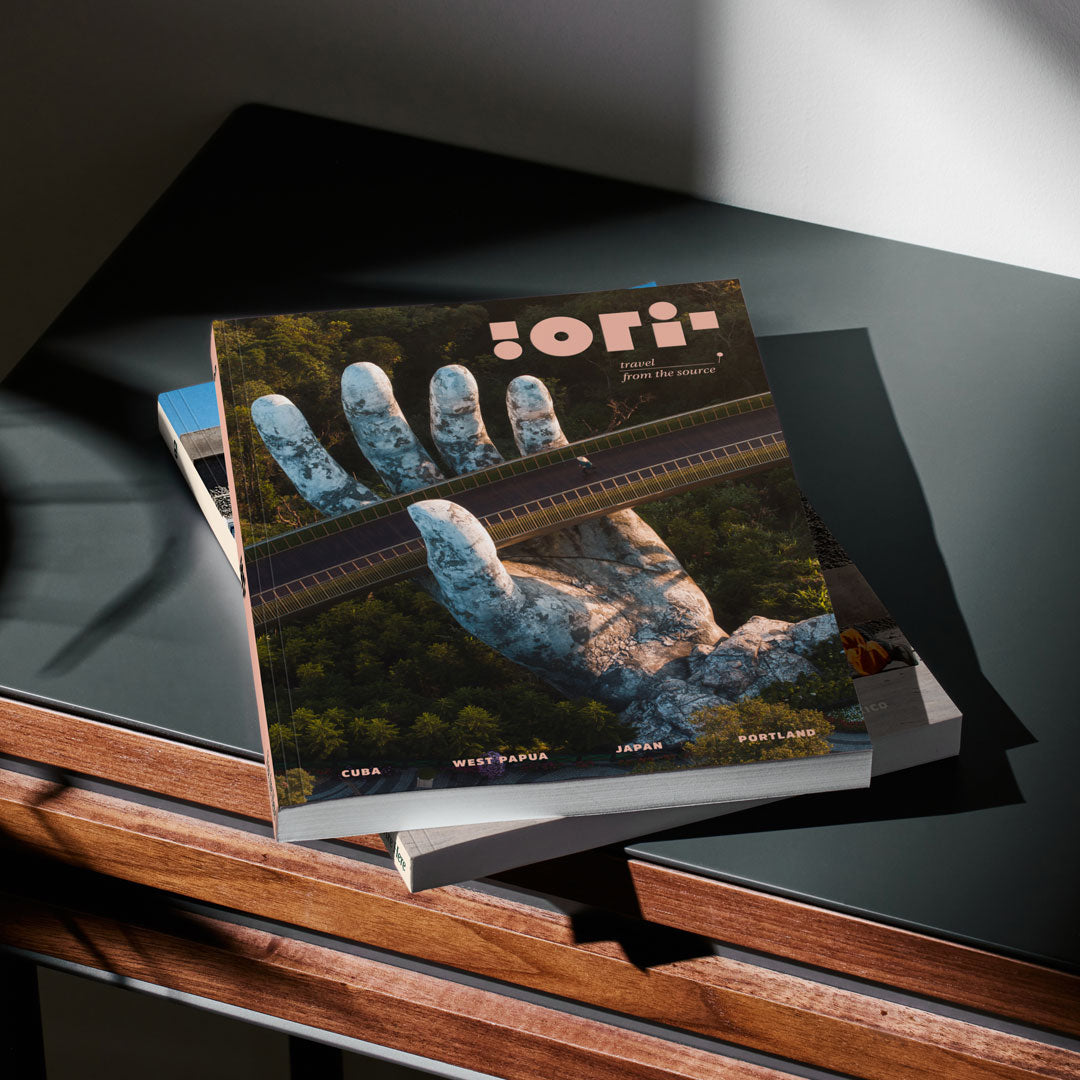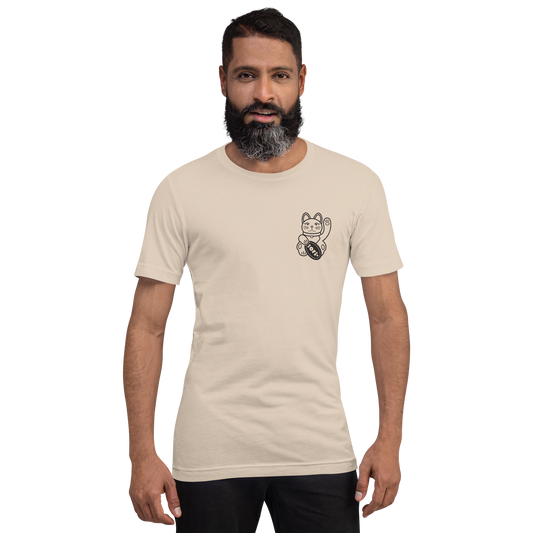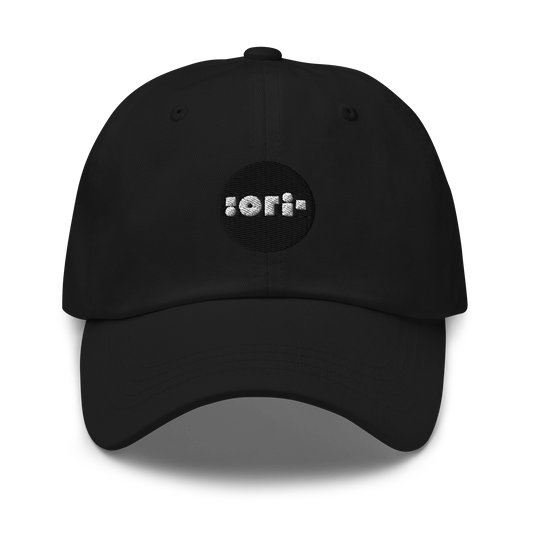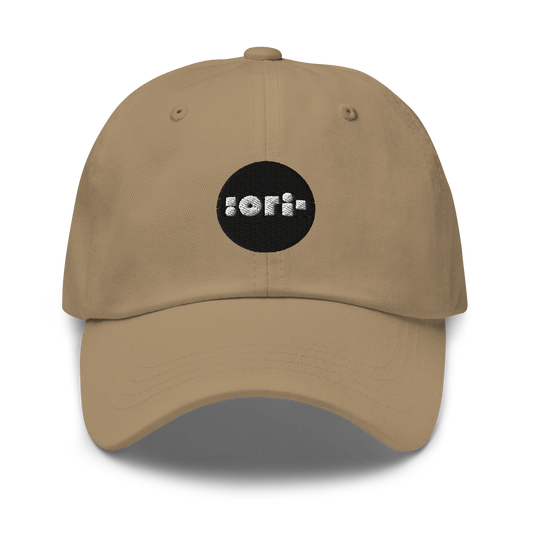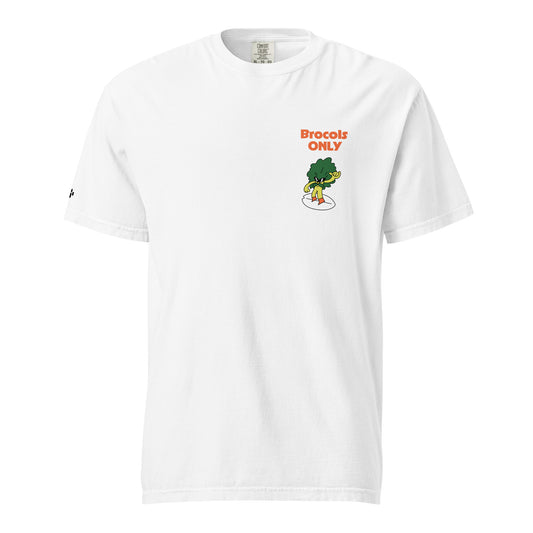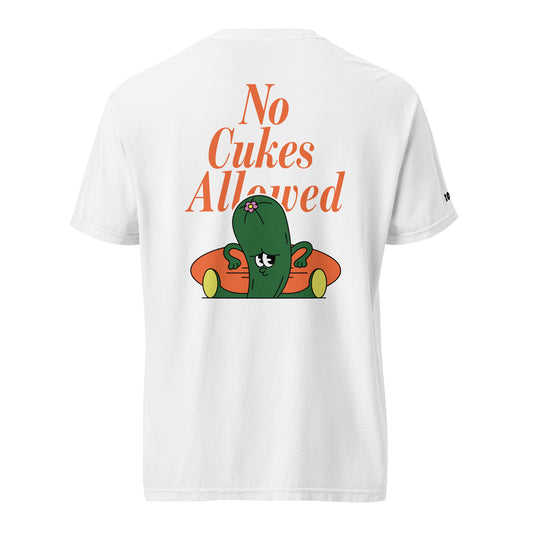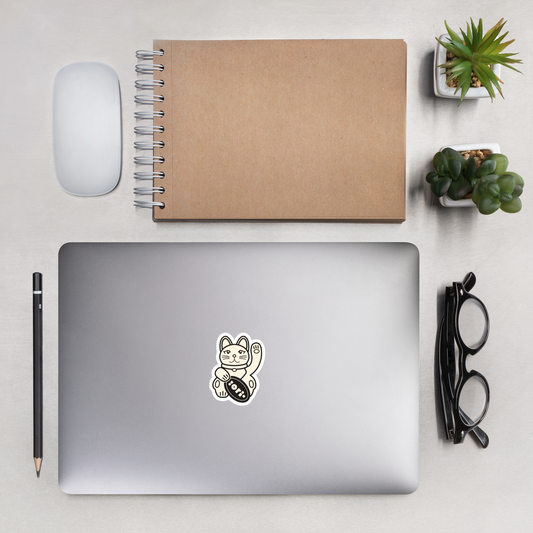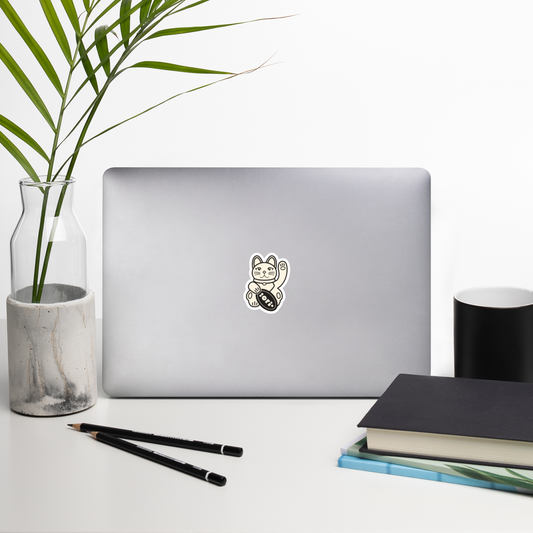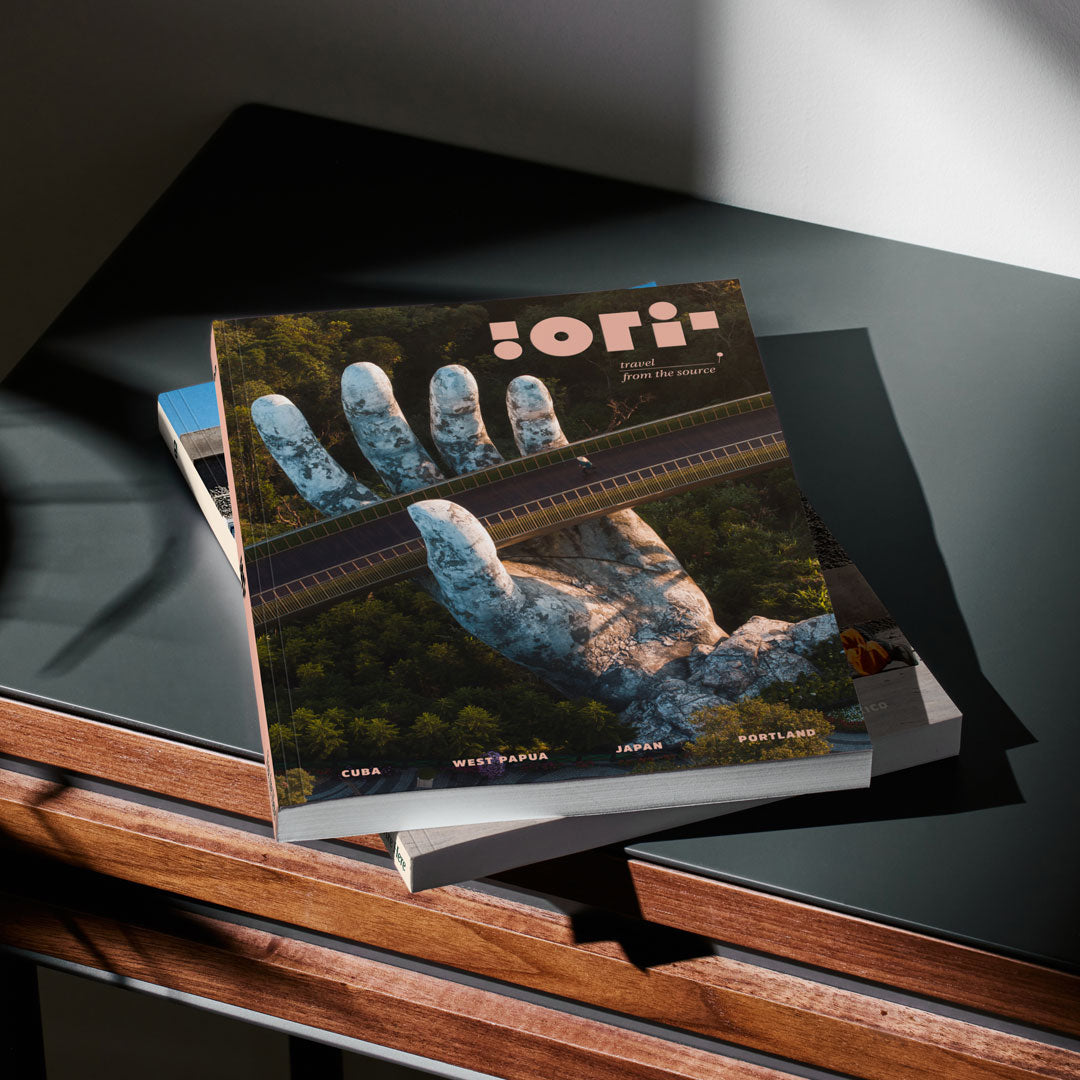Journalists often follow myriad paths to before getting on the public radar, but few have followed the track of Kaila Yu. The Los Angeles-based writer and commentator started out as a musician, more specifically as the front woman of critically acclaimed Asian-American rock band, Nylon Pink. The band toured extensively during its tenure and Yu modeled and appeared in films like The Fast and the Furious: Tokyo Drift, but when the group folded in the mid-2010s Yu decided to leave music behind and build her own road in the world of storytelling. Her hustle has led to a lucrative career as a journalist and social media influencer, grinding to build a following from the ground up and reporting the stories for publications like National Geographic, Condé Nast Traveler, The L.A. Times, The New York Times and CNN, among others.
We caught up with Yu ahead of Ori’s launch to talk about her work in the print magazine and her rapid ascension in the travel journalism world. This is a fun one for aspiring writers anywhere, as it isn’t what Yu has accomplished, but rather how she made waves in an industry overdue for a shake-up. Tune in and meet one of the makers behind Ori’s first issue.
This interview was been edited for clarity.
Ori: How did you get into storytelling? How did this journalism thing take off?
Kaila: It was by accident. I was in the band Nylon Pink for 10 years. We toured and traveled quite a bit, but then it all ended quite abruptly. We had no backup plan because that was what we were trying to do.
Our website still had a ton of traffic to it, so me and the guitarist decided to convert it into a travel blog. We fell in love with that and then I eventually started going on press trips and meeting journalists and I was like “Oh, the stuff they are doing is way more legitimate.” So, I took a class on writing and pitching and from there on I was pitching a bunch of publications and fell in love with writing along the way.
But you’ve caught the ear of some pretty big names—National Geographic, The New York Times and CNN among others—along the way. How were you able to break in with these bigger publications?
I literally cold pitch everyone. I came in with zero connections. If you just have extremely timely pitches that are relevant to the moment, even The New York Times accepts first time writers. If that pitch is on point and you do have something to show them that you’ve written before—even if it’s not a major publication—it’s possible to get in.
What kind of stories do you gravitate towards?
I do really look for stories that haven’t been told. In that respect it might catch an editor’s attention. I’m not trying to write another article about the best sites in Paris. I also pitch aggressively. I will follow up at least three times. I have a mail tracker to see if they are opening it or not. If they aren’t opening it, I will go find them on Twitter.
I mean, you kind of found us. How did Ori get on your radar?
I saw Ori on Instagram and saw other writers talking about it. It looked like a beautiful publication writing about the topics I write about. You were covering the stories I cover, a little more sustainability, a little more undiscovered.
What attracts you to print media in particular?
Print has always been the gold standard. The photos don’t strike you the same way in digital publications as they do in a beautiful magazine spread. It doesn’t have the same impact. Photos are so integral to the story.
 You wrote about regenerative travel in our first edition. Where did that idea came from and why did it feel like the right time?
You wrote about regenerative travel in our first edition. Where did that idea came from and why did it feel like the right time?
A year or two ago, I wrote about Maui and restoring the taro ponds. There was a regenerative movement in Hawaii in general before it became a buzz word. I noticed it when I visited Kauai this past summer. There’s all different factions working on regeneration. You could see the momentum.
You’ve taken a multi-platform approach to your work, posting on TikTok and Instagram in addition to your work online and in print. Why have you incorporated so many different aspects to your work?
It’s hard to make a lot of money as a freelance writer, so it’s important to diversify. For me when I was travel writing, a lot of us didn’t have work during the pandemic, so I pivoted to writing about TikTok. Everyone was buying TikTok stories, so I spent a year mastering TikTok because I had nothing else to do. That grew into a following [of about half a million] and then that drove my Instagram following and now it’s a way to amplify my work and stories and generate some income that way.
Is there a lesson in there for younger journalists?
It’s unfortunately or fortunately necessary to build a following these days. Whether you’re a plumber or an actor, nowadays employers check your followers. It’s not required for a journalist, but it’s always going to give you an extra boost.
Also, if I need a call out for sources, I can usually get it just by posting to social media. I can amplify stories I’ve written, but I can also explore trends on TikTok, that’s how I can generate stories. It’s a good way to get a pulse on what’s happening.
What’s next? What are you excited about?
I do have a book in the works, so that’s my major project right now. The book is about the Asian fetish, essays about how the Asian fetish influenced me and other Asian women growing up through “Memoirs of a Geisha”, Fight Club and Fast and the Furious. It’s written as a memoir and comes out in 2025.
